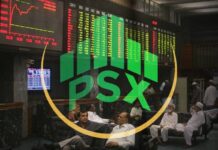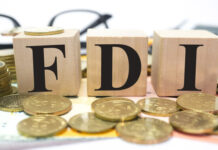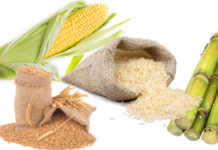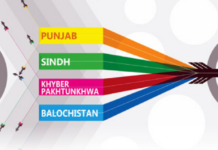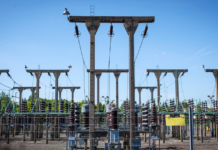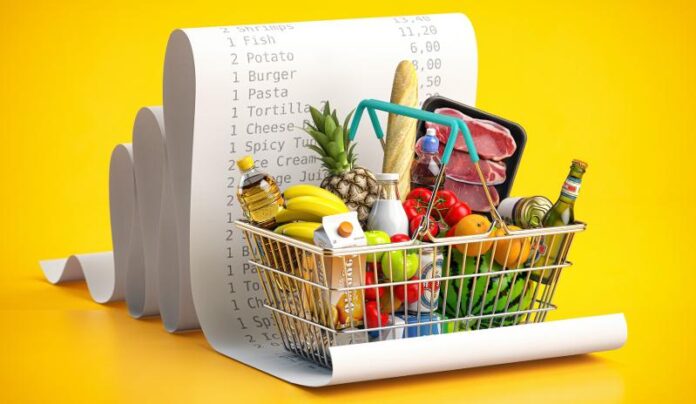ISLAMABAD: The Sensitive Price Indicator (SPI) for the week ending July 31, 2025, recorded a year-on-year (YoY) increase of 1.98%, reflecting mixed trends across essential commodities, according to data from the Pakistan Bureau of Statistics (PBS). Notable price hikes were observed in gas, sugar, pulses, beef, and vegetable ghee, while non-food items like ladies’ sandals registered a significant increase of 55.62%.
On a YoY basis, several items saw price increases, including gas charges for the first quarter (up 29.85%), sugar (21.66%), pulse moong (14.27%), beef (14.16%), and 2.5kg vegetable ghee (12.33%). Prices of 1kg vegetable ghee, firewood, gur, eggs, cooked beef, and printed lawn also saw notable increases.
However, some key items experienced substantial decreases, such as onions (-49.32%), tomatoes (-42.31%), garlic (-23.78%), wheat flour (-22.90%), pulse mash (-21.40%), and Lipton tea (-17.93%). Other notable drops included potatoes (-15.95%), chicken (-11.71%), electricity charges for Q1 (-10.02%), and liquefied petroleum gas (LPG, -0.86%).
The SPI data, compiled from 50 markets across 17 cities, shows continued volatility in food prices, though the headline weekly inflation showed some moderation, largely due to seasonal and market-driven factors.
On a week-on-week basis, the SPI fell by 0.35% for the week ending July 31, 2025. This decline was primarily driven by significant drops in prices of perishable and essential food items, including tomatoes (-17.26%), chicken (-4.76%), bananas (-2.97%), and moong pulse (-1.55%). Prices of LPG (-1.39%) and wheat flour (-0.59%) also declined.
Of the 51 essential items tracked, 12 items saw price reductions, 11 items recorded increases, and 28 items remained unchanged. Notable price hikes during the week included eggs (+1.80%), firewood (+1.11%), and cooked beef (+1.08%).
The weekly SPI decreased across all income groups, with the lowest income quintiles (Q1 and Q2) experiencing the biggest drop of 0.42%. On a YoY basis, however, lower- and middle-income groups faced higher inflation, with Q2 showing the largest increase of 2.80%, while the highest-income group (Q5) saw a smaller rise of 1.23%.
Meanwhile, the Consumer Price Index (CPI) recorded a YoY increase of 4.1% in July 2025, showing a rise from the 3.2% growth recorded in June 2025 and a significant decrease from the 11.1% inflation in July 2024. Key contributors to the CPI increase included a 0.89% rise in food and non-alcoholic beverages, a 3.56% increase in clothing and footwear, and a 2.72% rise in transport costs. On a month-on-month basis, the CPI rose by 2.92%.
The PBS data also highlighted varied sectoral impacts, with education, recreation, and culture showing moderate growth, while miscellaneous items surged by 14.89% YoY. The overall CPI for July 2025 stood at 271.9 points, up from 261.3 in June 2025.


